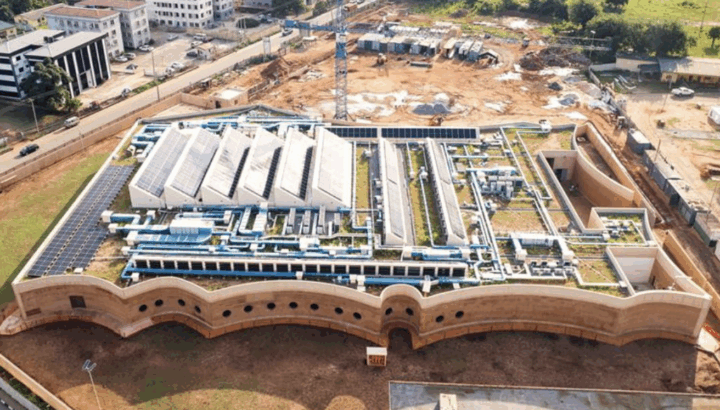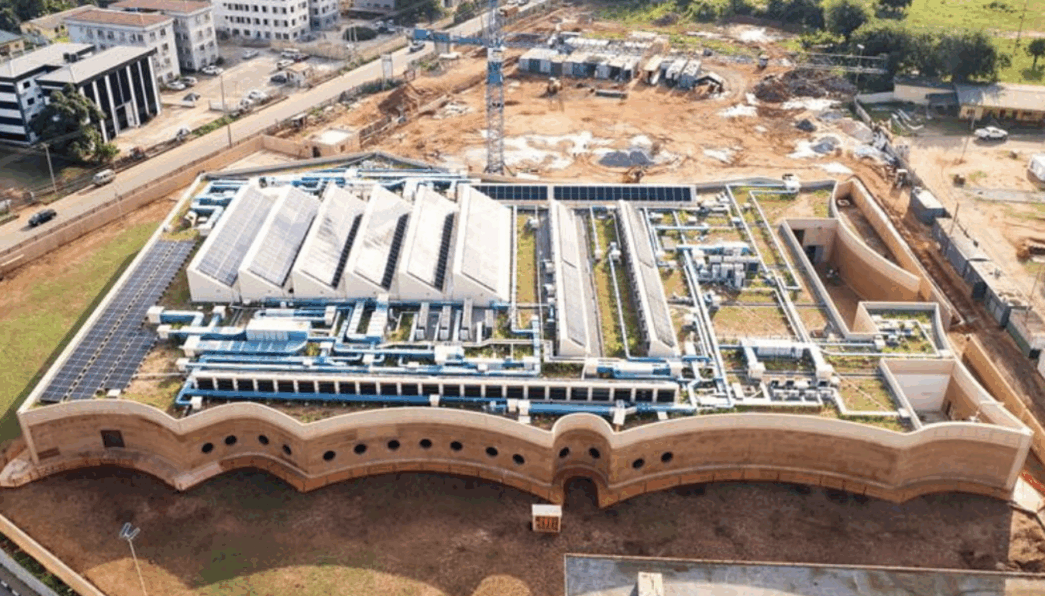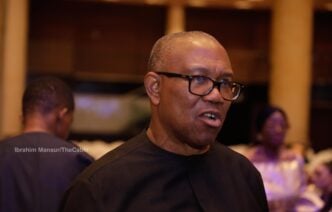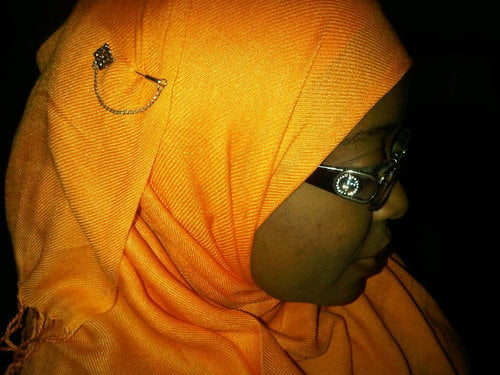An aerial view of the museum
In recent weeks, Nigerian media have been saturated with news about disputes relating to the Museum of West African Art (MOWAA). From protests to land revocation, MOWAA has morphed from a museum with promise into the centre of a widening controversy.
But the MOWAA dispute did not erupt overnight. It is the culmination of years of tension.
Here’s everything you need to know about how the crisis began, the actors involved, and how the museum became riddled with so much controversy.
WHAT IS MOWAA AND WHY WAS IT ESTABLISHED?
Advertisement
The Museum of West African Art (MOWAA) is a major cultural initiative in Benin City, Edo state. It was launched in 2020 as a trust under a different name: the Edo Museum of West African Art (EMOWAA). The aim of the museum was to be a world-class space for research, conservation, and exhibition of West African art, both historical and contemporary.
In 1897, the Benin kingdom, which was well-known for its rich cultural heritage and artefacts, was invaded by British soldiers in what is now known as the Benin invasion.
Thousands of bronze castings and other cultural artefacts were destroyed, while some were carted away.
Advertisement
Many of these items subsequently made their way onto displays and collections at prominent museums and institutions worldwide, particularly in Europe and America.
As some of these institutions started responding to pressure to return the stolen work, the conversation turned to ensuring they could be properly stored and preserved. The MOWAA was partly conceived to house these repatriated works.
HOW DID THE DISPUTE START?

Tensions surrounding the MOWAA escalated because of land, heritage, and control issues, with friction emerging between the Benin Royal Palace, led by Oba Ewuare II, and the state.
Advertisement
The Oba said the original concept, which he supported, was to build a “Benin Royal Museum” specifically as a home for the returned bronzes, not a general West African art museum.
The name change from EMOWAA to MOWAA (dropping “Edo”) also fuelled suspicion.
In 2021, Oba Ewuare II accused the previous government under Godwin Obaseki of diverting donor funds, altering the museum’s original plan, and undermining the traditional ownership of Benin’s artefacts. The two powers were at loggerheads over who would house the artefacts.
Obaseki said “a transformational museum is to be built in Benin City to house the artefacts upon their return as part of a new cultural district in the city”.
Advertisement
The governor was doing this alongside a Legacy Restoration Trust (LRT) group.
But the Oba of Benin countered his statement, saying the stolen bronzes are not the property of the Edo state government but that of the Benin kingdom and maintained that the “only legitimate destination for the artefacts” is the Benin Royal Museum, which will be sited within the vicinity of the Oba of Benin’s palace.
Advertisement
The land allocation was also an issue. The site for MOWAA is on a ~6.21-hectare plot (Digital Plot No. 61977, Ogboka, Benin City), which used to be the Benin Central Hospital before it was demolished.
In 2023, the controversy deepened when the federal government reportedly recognised the Oba of Benin as the rightful custodian of the returning Benin Bronzes
Advertisement
WHAT WE KNOW ABOUT THE RECENT ESCALATION
On November 9, tensions escalated at a preview exhibition at the museum where protesters pledging loyalty to the palace disrupted the event.
Advertisement
A group of protesters breached the heavily secured grounds, chanting war songs and demanding that the institution be named the “Benin Royal Museum” instead.
The gathering, which included foreign diplomats such as the ambassadors of the European Union and Germany, was forced to shut down as guests scurried out under heightened security.
In a statement following the incident, the museum’s administration denied allegations that it had laid claim to the Benin bronzes or sought to undermine the authority of the Oba of Benin.
The museum said it has never presented itself as the Benin Royal Museum to obtain funding, urging authorities to verify this with donors.
“MOWAA holds His Royal Majesty, Omo N’Oba N’Edo, Uku Akpolokpolo, Oba Ewuare II (CFR), the Oba of Benin, in the highest esteem and continues to uphold deep respect for the Benin Throne,” the statement reads.
Phillip Ihenacho, director of MOWAA, said he was saddened by the protest but “hopes this moment can lead to renewed dialogue, engagement, and understanding so that together we can realise the full potential of what MOWAA can represent for Nigeria and Africa at large”.
Monday Okpebholo, governor of Edo state, also reacted to the museum’s preview.
In a statement signed by Fred Itua, his aide, the governor said he was not informed of the presence of the foreign delegation visiting Edo for activities linked to MOWAA.
He described the development as another example of “lack of transparency” that has trailed the museum project since its inception.
“It is curious how the project evolved from the Benin Royal Museum to the Edo Museum of West African Art (EMOWAA), and now to the Museum of West African Art (MOWAA), without clarity or consultation with our revered traditional institution,” he said.
In addition, the Edo governor revoked the certificate of occupancy previously granted to MOWAA.
In a revocation order dated October 21, 2025, Okpebholo said the land allocated to MOWAA has been reclaimed by the state.
He cited overriding public interest and concerns over transparency surrounding the project.
Okpebholo stated that the land, “known as Digital Plot No. 61977, Zone HI/A12/Ogboka, Benin City, in Oredo Local Government Area, measures approximately 6.210 hectares and was the site of the demolished Central Hospital”, adding that it would be restored to its original public health use.
Meanwhile, the governor, in a meeting with the Oba of Benin on November 7, said the MOWAA project will “revert” to its original concept as the Benin Royal Museum, restoring it to its “intended status”.
He said this was to honour the Oba, adding that the museum was initially conceived as a “birthday gift” to the monarch when it was first proposed under Obaseki.
WHAT’S THE PATH TO RESOLUTION?
In a move to resolve the matter, President Bola Tinubu set up a high-level presidential committee, chaired by Hannatu Musawa, the minister of art, culture, tourism, and creative economy.
The committee includes representatives from the Federal Ministry of Art, Culture, Tourism, and Creative Economy, the presidency, the National Council for Art and Culture; the Edo state government; the palace of the Oba of Benin, the Ministry of Foreign Affairs; German and French embassies, the National Commission for Museums and Monuments; and MOWAA itself.
According to a statement by Chindaya Ahmadu, director of press for the ministry, the committee’s mandate is to conduct extensive consultations, undertake fact-finding on all relevant issues, and formulate actionable recommendations that balance Nigeria’s sovereign cultural interests with international partnerships and diplomatic considerations.









